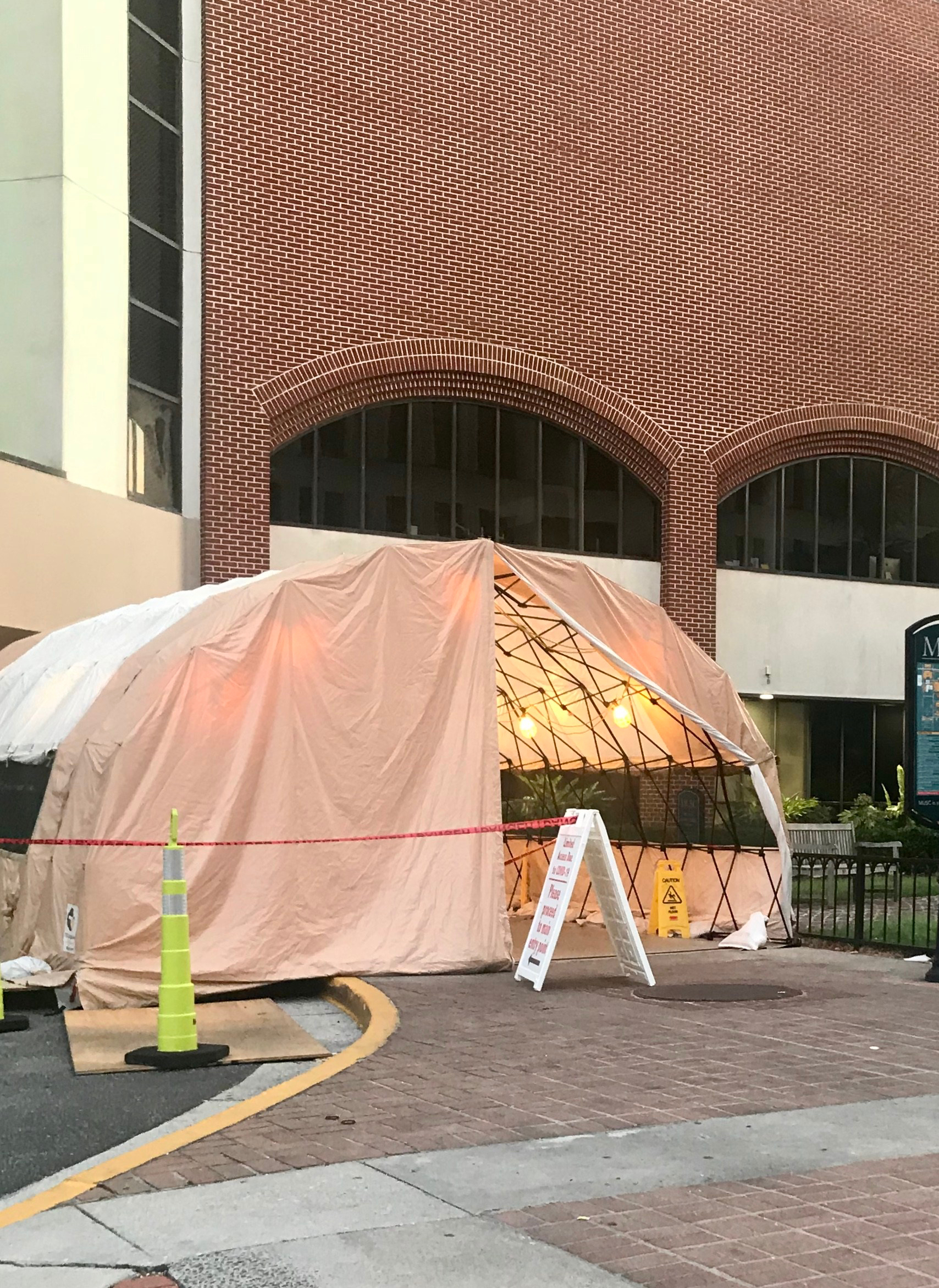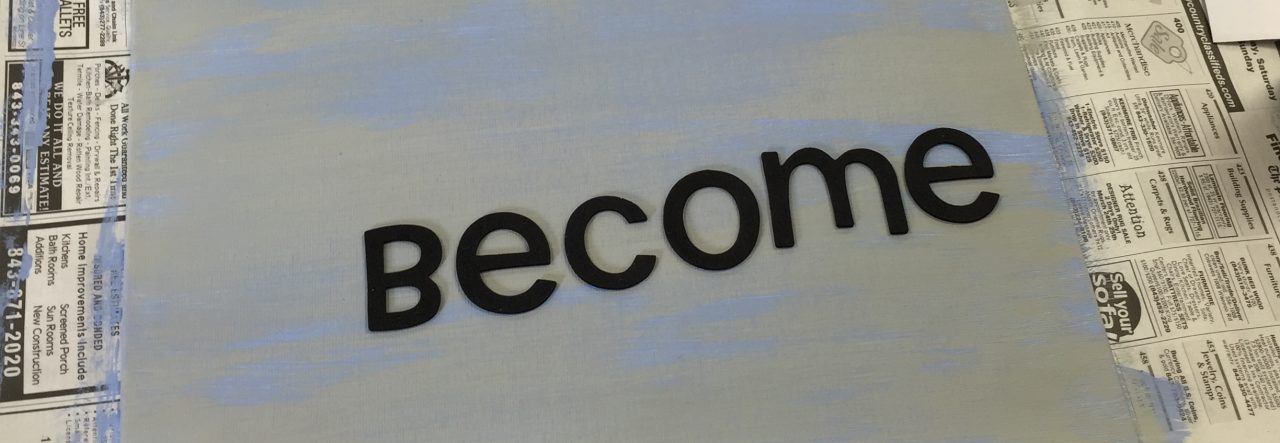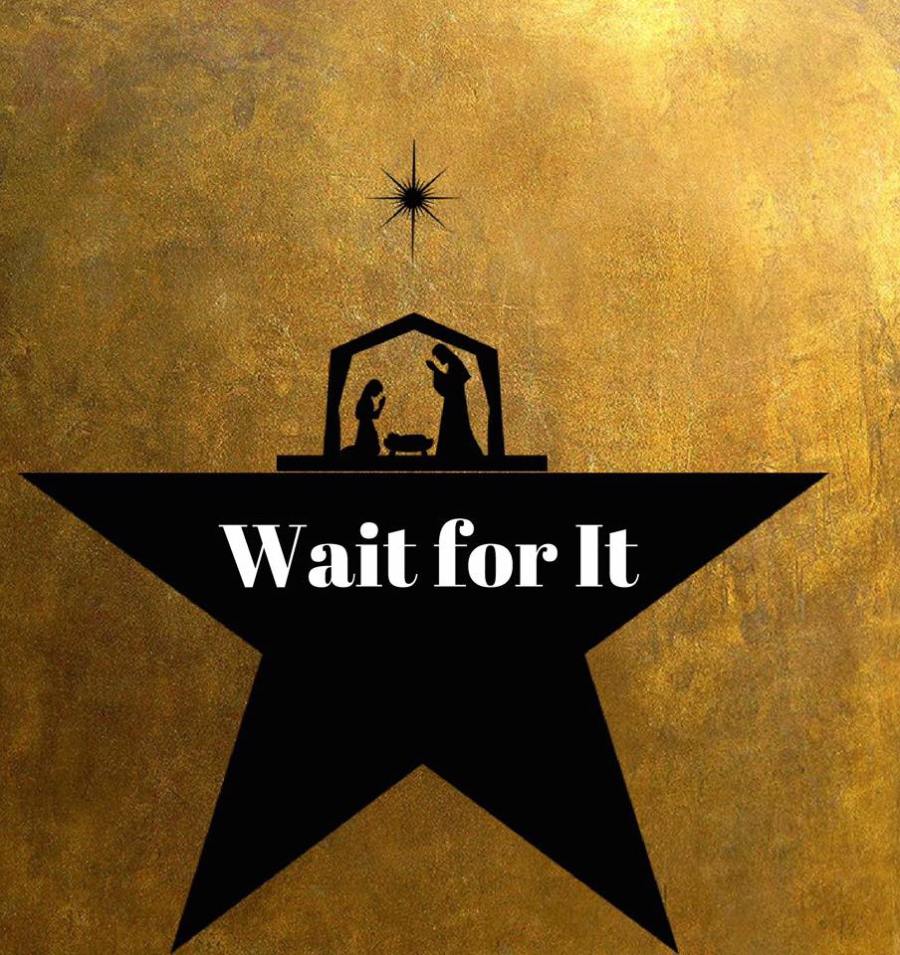Each day as I made my way into the hospital, I had to pass through the tent at the one entrance that was not blocked, along with everyone else who came into the building. It was like something out of a disaster movie. Every time, the chorus of a song from Frozen 2 came to mind, and I could hear Elsa belting out, “Into the unknoooown …” The campus felt like a completely different place from just a couple of weeks prior. This was the tent where hospital concierges, who used to assist visitors in the now-deserted waiting areas, had to screen everyone coming in for symptoms of COVID-19. They were exposed to more people each day than pretty much anyone working there. The same changes that put them on the front lines left me feeling sidelined. Chaplains were being asked by medical staff to limit our visits only to those most urgent, so we wouldn’t be more potential carriers of the virus from one unit to another. With testing so limited and results so slow, we just couldn’t know for sure how many of our patients were contagious, and Personal Protective Equipment was being closely guarded, anticipating growing numbers of confirmed COVID-19 patients at some future time.

In late March and early April, more and more often I was told by nurses or doctors that I couldn’t go in to patient rooms where I was called, because the person was a PUI, Patient Under Investigation, meaning they met some criteria for virus exposure, even if we didn’t have test results for them. Sometimes that meant standing helplessly outside the door while I could hear a mother wailing for her dying child inside the room. Other times it meant having to tell the family waiting outside the hospital that I could pray for their loved one from outside the negative pressure door, but like them, I would not be allowed to hold his hand as he died. This was not the case for chaplains everywhere. My seminary classmate and friend Will Runyon is a hospital chaplain in Albany, Georgia, site of one of the worst COVID-19 death rates in the country. I knew that Will had been suiting up in PPE and holding the hands of affected patients, ministering directly to them, being there for them when their families couldn’t be. In the online chaplain groups I was part of, others argued that the only responsible way to do our job right now was tele-chaplaincy from home. I told one of my colleagues, “I don’t know how to be a chaplain during this thing.” And the next day, I was told that I wouldn’t have the choice to be one. Continue reading “Into the Unknown” →






 This week, a short documentary premiered on Netflix. In less than half an hour,
This week, a short documentary premiered on Netflix. In less than half an hour, 